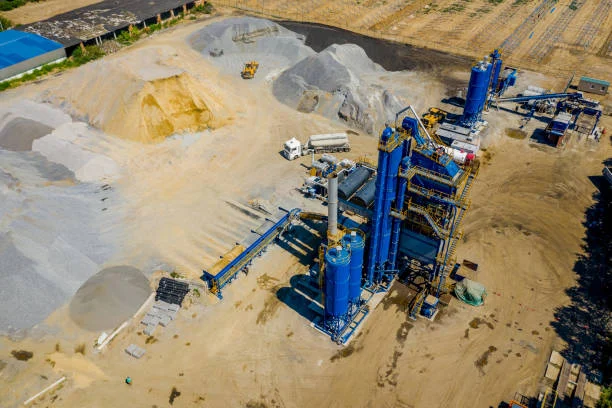
Introduction
In the realm of precious metal extraction, the pressure cyanidation process has emerged as a significant and innovative technique. Cyanidation, a well - established method for treating gold ores, has been further enhanced through the application of pressure, enabling the efficient extraction of precious metals from refractory materials. This blog post delves into the intricacies of the pressure cyanidation process, its applications, advantages, and the latest research advancements.
Understanding the Pressure Cyanidation Process
Reaction Kinetics
At room temperature and normal pressures, the reaction between sodium cyanide and platinum group metals (PGMs) or certain refractory gold ores is hindered by poor kinetics. However, when the temperature is elevated to the range of 120 - 180 °C under pressure, these precious metals can be leached by sodium cyanide, similar to the reaction of gold with cyanide. The increased temperature and pressure accelerate the reaction rates, allowing for the breakdown of the complex structures of the ores and the dissolution of precious metals.
Process Steps
Typically, the process begins with a pre - treatment step. For sulfide flotation concentrates, pressure acid leaching is often employed first to remove base metals and expose the precious metal - bearing minerals. After pre - treatment, the residue is subjected to pressure cyanide leaching. This two - step approach has been found to be highly effective. For example, in the case of flotation concentrates containing about 80 g/t of Pt and Pd, after pressure acid leaching pre - treatment followed by two steps of pressure cyanide leaching, up to 90 - 94% of Pt and 99% of Pd extraction could be achieved.
Applications of Pressure Cyanidation
Treating Refractory Gold Ores
Many gold ores are classified as refractory, meaning they are difficult to process using conventional methods. Pressure cyanidation provides a solution by breaking down the sulfide matrix that encapsulates the gold particles. By subjecting these ores to elevated temperatures and pressures in the presence of cyanide, the gold can be effectively liberated and leached. This has significantly increased the economic viability of mining operations that previously had to discard or leave behind refractory gold deposits.
Recycling from Spent Auto - Catalysts
Automobile catalysts are a major consumer of platinum group metals (PGMs). Recycling these metals from spent auto - catalysts is crucial for both economic and environmental reasons. After a pre - treatment process to remove the wrapping of the catalyst carrier and rid the surface of accumulated carbon and gasoline contaminants, pressure cyanide leaching can be applied. For spent auto - catalysts containing approximately 1000 - 2000 g/t of Pt + Pd + Rh, two steps of pressure cyanide leaching have resulted in recoveries of Pt, Pd, and Rh of 95 - 96%, 97 - 98%, and 90 - 92% respectively.
Processing of Low - Grade PGM - Bearing Minerals
In proterozoic platinum ores, the content of PGMs is about 1 - 10 g/t, and in Cu - Ni sulfide ores containing PGMs, the content is only 0.1 - 1 g/t. Through flotation, the PGMs can be concentrated to more than 100 g/t in flotation concentrates. The pressure cyanidation process offers a viable option for further processing these concentrates to extract the valuable PGMs, which was previously challenging due to the complex nature of the ore and low metal content.
Advantages of Pressure Cyanidation
High Metal Recovery
As demonstrated in various studies and industrial applications, pressure cyanidation can achieve high recovery rates for precious metals. Whether it is gold from refractory ores or PGMs from different sources, the process can extract a significant portion of the valuable metals, maximizing the economic returns from the ore or waste material.
Selective Leaching
The cyanidation process, when carried out under pressure, shows a high degree of selectivity towards precious metals. It can dissolve precious metals with a negligible dissolution of base metal impurities in the leach liquor. This selectivity simplifies the subsequent separation and purification steps in the overall extraction process.
Reduced Environmental Impact
Compared to some traditional methods such as smelting, pressure cyanidation has a reduced environmental footprint. Smelting often involves high energy consumption and the release of pollutants. In contrast, pressure cyanidation can be carried out in a more controlled environment, and with proper management of the cyanide solution, the environmental impact can be minimized.
Research and Development in Pressure Cyanidation
Optimization of Process Parameters
Ongoing research focuses on optimizing the process parameters such as temperature, pressure, cyanide concentration, and reaction time to further improve the efficiency and selectivity of the pressure cyanidation process. For example, studies are being conducted to determine the exact conditions under which the leaching of specific PGMs can be maximized while minimizing the consumption of cyanide.
Development of New Pre - treatment Methods
New pre - treatment methods are also being explored to enhance the performance of pressure cyanidation. These methods aim to better prepare the ore or waste material for the subsequent cyanide leaching step, improving the overall metal recovery. Some research is focused on developing more efficient and environmentally friendly pre - treatment techniques that can break down the complex structures of the starting materials more effectively.
Mechanistic Studies
Understanding the reaction mechanism of pressure cyanide leaching is crucial for further process improvement. Scientists are conducting in - depth studies to elucidate the chemical reactions that occur during the process, including the role of oxygen in the cyanide leaching reaction. This knowledge can be used to develop more accurate models and predict the behavior of the process under different conditions.
Conclusion
The pressure cyanidation process has proven to be a powerful tool in the extraction of precious metals from a variety of sources, including refractory gold ores, spent auto - catalysts, and low - grade PGM - bearing minerals. Its ability to achieve high metal recovery, selective leaching, and reduced environmental impact makes it an attractive option for the mining and recycling industries. With continuous research and development efforts focused on optimizing process parameters, developing new pre - treatment methods, and understanding the reaction mechanisms, the pressure cyanidation process is expected to play an even more significant role in the future of precious metal extraction.
- Random article
- Popular articles
- Popular comments
- Hg-ore gravity separation process
- Gold Mine Gravity Beneficiation Process
- Lithium Ore Processing: Gravity Separation and Flotation
- Manganese Ore Reduction Roasting and Magnetic Separation Process
- Titanium Ore Processing: Gravity, Magnetic, Flotation, Electric Separation
- Tantalum-Niobium Ore Gravity Separation Methods
- Calcite-Type Fluorspar Ore Flotation Process



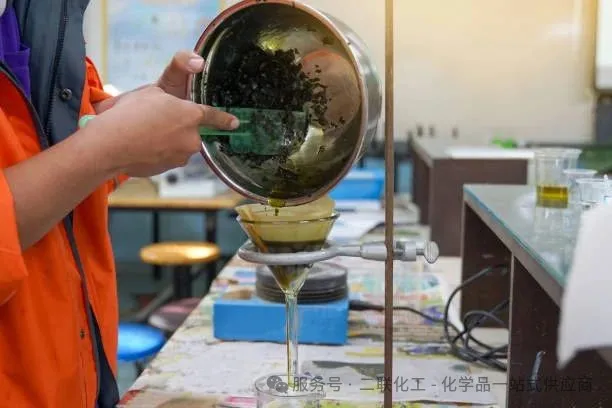
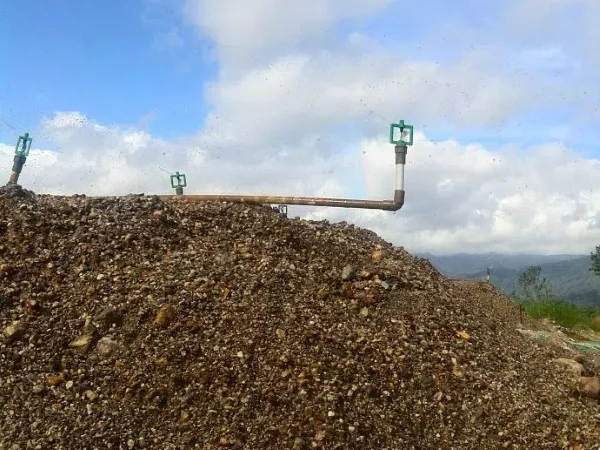
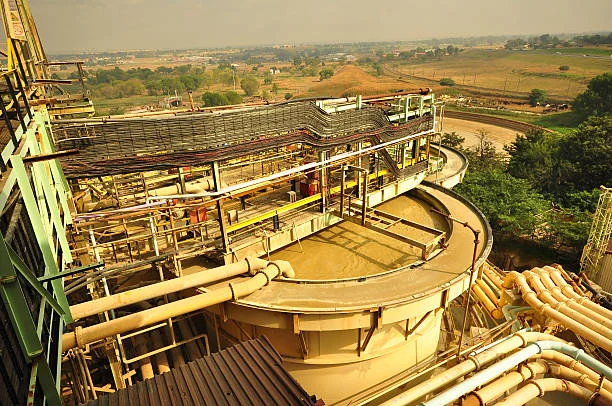

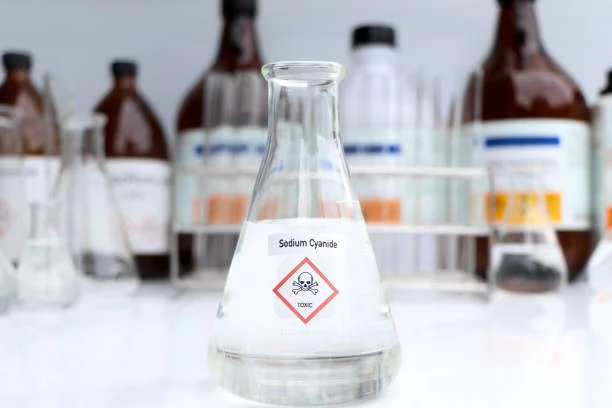

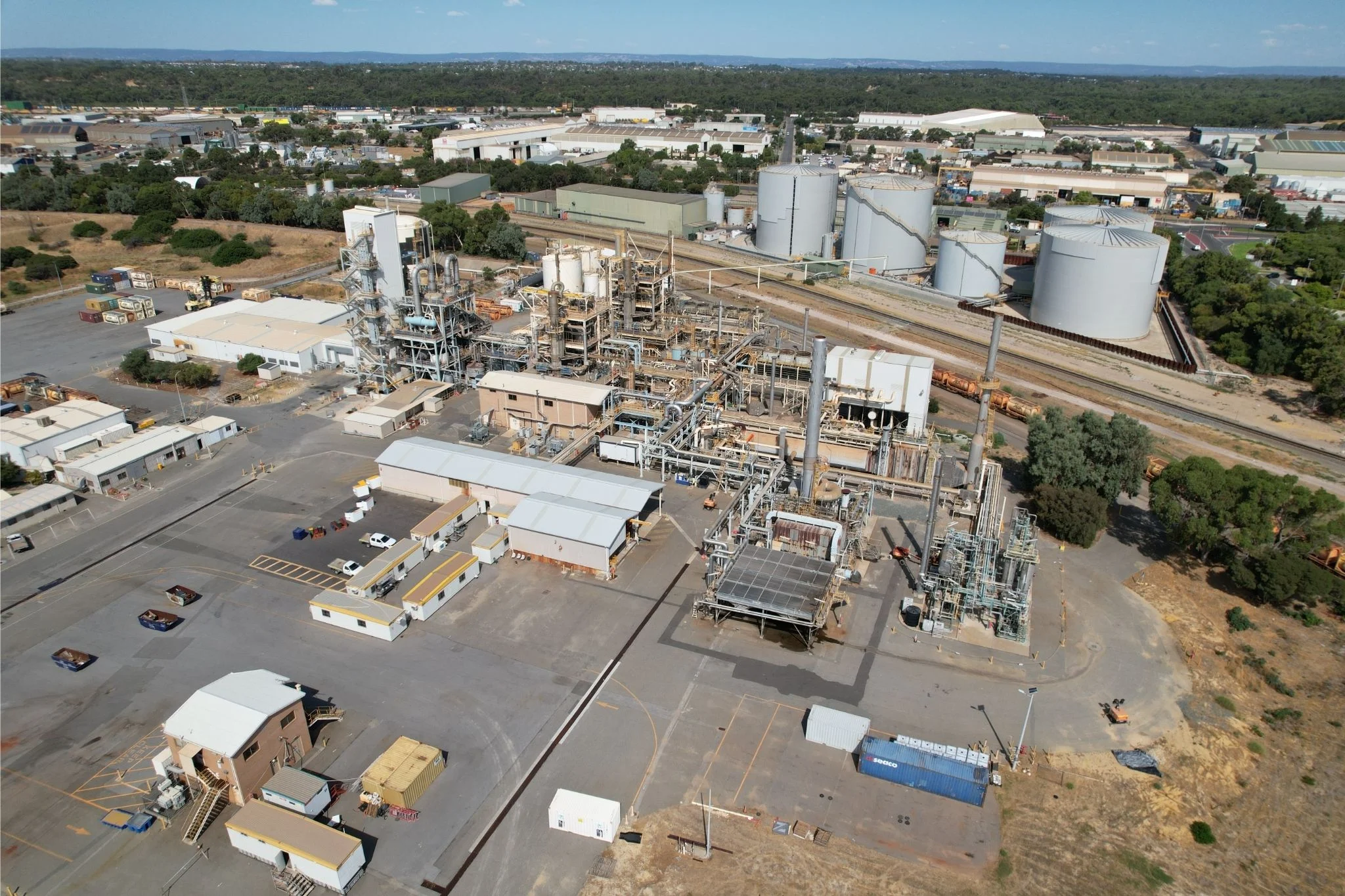





Leave a message with your needs or comments
Add comment: